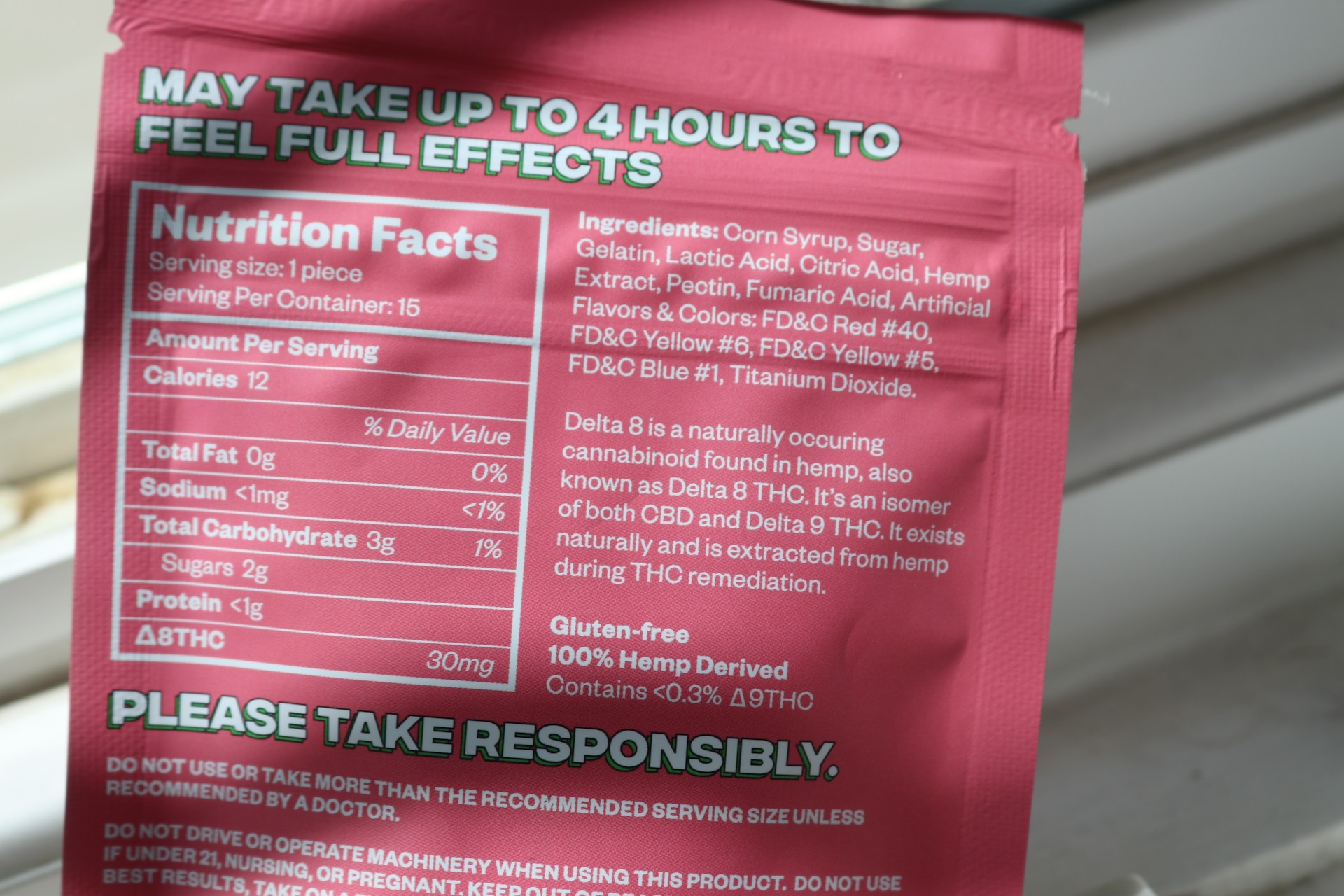Exploring the Unknown: What’s in a Label

Have you ever asked yourself what’s in a label? We mean, how are they made? What are the different parts of a label?
Afterall, we see about 5,000 labels on packages and products every day. These include ads, billboards, clothing labels, container labels, and logos. But that estimate is more than six years old. It could easily be double that today.
For most of us, seeing labels and knowing all the components that go into making a label are two different things. Customers who visit our GENflex Labeling Solutions facility invariably ask us to explain the intricacies of labels. It happens so often we now assume lots and lots of people wonder about this as well.
So, to answer our question, what’s in a label, here are some things you need to know.
Labels are traditionally made up of three layers. These include:
- The face stock on which the text, images, or barcode is printed.
- The adhesive underneath the face stock, to enable the label to stick to the surface of a product or package.
- The topcoat, applied over the face stock.
Now that we know the basics, let’s look deeper into all three of these components, starting with the face stock.
Face stock
The face stock carries the printed information and design. One of the most common face stock materials is paper, which is low-cost and compatible with various printing methods. However, paper has some drawbacks, such as being susceptible to water damage and wear and tear. Therefore, we recommend using paper labels only for short-term purposes, such as one-time events.
Another option for face stock materials is the group of synthetic films known as “the 3 Ps”: polyethylene, polypropylene, and polyester. These films are more resistant to water, tearing, and abrasion than paper and can last longer in different environments. Depending on the application, you may choose one of the 3 Ps over the others. For example, polypropylene is often a good choice for outdoor labels.
Adhesives
Adhesives are substances that bond different materials together. They are widely used in various industries and applications, such as packaging, automotive, construction, and medical. However, not all adhesives are the same. Different adhesives have different properties and characteristics that make them suitable for different surfaces and conditions.
One of the most important factors to consider when choosing an adhesive is the type of surface to which the label will be applied. For example, a label designed to be attached to a car windshield may have a removable adhesive that allows it to be peeled off easily. However, if the same label is applied to a cardboard box, a metal sheet, or another hard surface, it may become very difficult or impossible to remove. This is because the adhesive interacts differently with different surfaces, depending on their texture, porosity, temperature, and chemical composition.
When working with a label manufacturer, inform them how and on what type of surface the label will be used. This way, they can recommend the best adhesive for your needs and ensure optimal performance and durability.
Topcoat
A label’s topcoat is like a floor finish. It gives the label a glossy look, protects it from damage, increases water resistance, and reduces scratches. But a label’s topcoat has other functions. For example, it can make the label more compatible with different printing technologies. It can also shield the label from UV (ultraviolet) rays. UV rays can alter some colors, such as turning yellow into blue. They can also make colors fade over time. The topcoat helps prevent these effects.
We hope this blog has helped you understand not only the key components that go into making a label, but serves as a reminder of the importance of labels.
Labels are powerful tools for communication, organization, identification, and marketing. As a reader of the Learning Center, you have gained valuable insights into the topic of labels. Please share your knowledge with others and help them appreciate the many benefits of labels as well.
Genflex Labeling Solutions has been a leading provider of packaging and labeling solutions for over 90 years. We are dedicated to helping your brand and your products succeed. Discover more about General Paper Company here.
